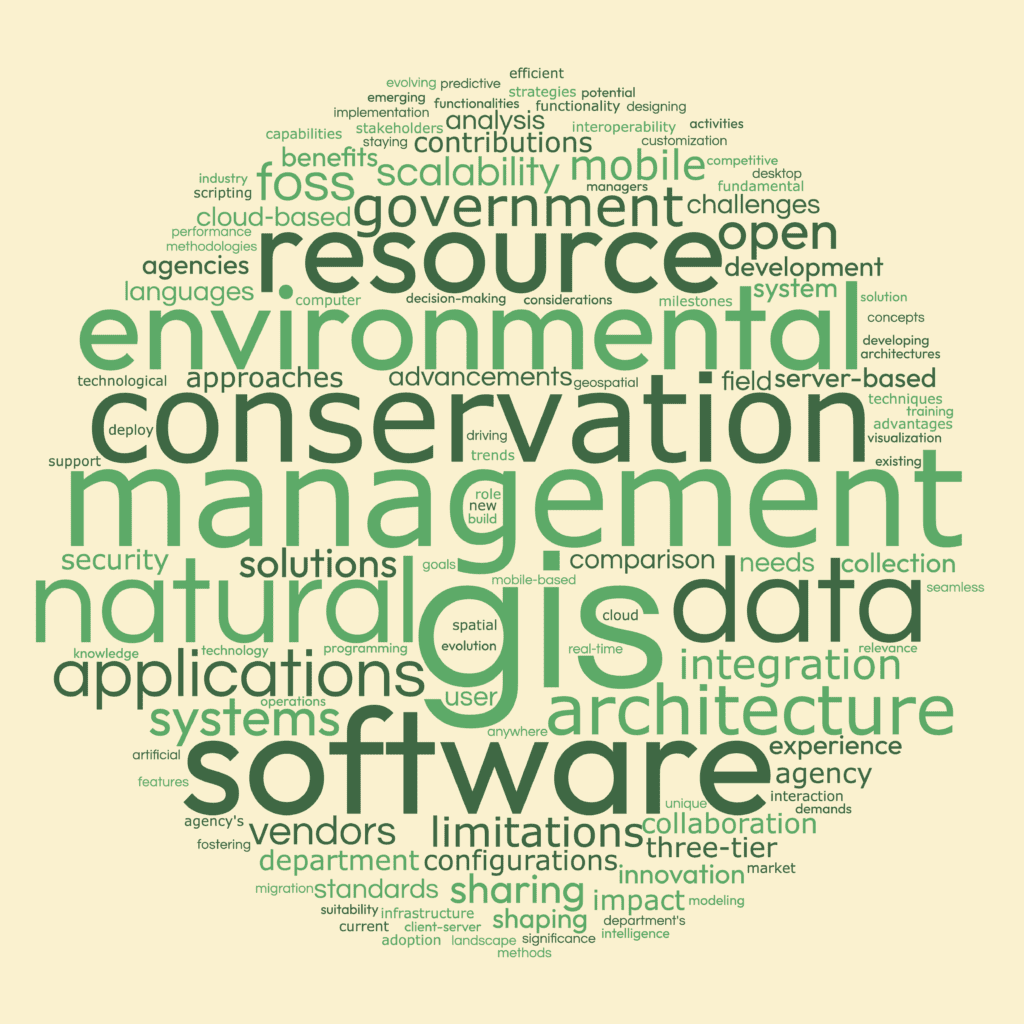
By Shahabuddin Amerudin
In today’s rapidly evolving technological landscape, Geographic Information Systems (GIS) have emerged as indispensable tools that bridge the gap between geography and data. These systems enable us to visualize, analyze, and interpret spatial information, revolutionizing decision-making processes across various industries. The marriage of GIS with geospatial data has given rise to novel methodologies, applications, and solutions that have the potential to reshape the way we interact with our environment, manage resources, and predict future scenarios. In this article, we delve into the multifaceted world of GIS and geospatial data, exploring their architecture, applications, and the emerging trends that are shaping their evolution.
Architecture and Methodologies
At the core of GIS and geospatial data lies a complex architecture that facilitates the collection, storage, analysis, and dissemination of spatial information. The database architecture forms the backbone of these systems, allowing for efficient data management and retrieval. The client-server model, often leveraged over the internet, has become a prevailing approach. This architecture ensures real-time access to geospatial information, fostering seamless networking and connectivity.
The methodologies employed in GIS encompass a wide range of techniques for data analysis, modeling, and prediction. From conservation management to urban planning and beyond, GIS methodologies empower stakeholders to make informed decisions based on spatial insights. The integration of real-time data further enhances the accuracy and relevance of analyses, contributing to the sustainability of natural resources and the environment.
Applications and Emerging Functionalities
The applications of GIS and geospatial data are as diverse as the fields they influence. From environmental conservation to infrastructure development, disaster management to precision agriculture, these technologies have found their place in countless domains. For instance, GIS-powered predictive modeling aids in assessing the potential impact of climate change on natural resources, enabling governments and organizations to formulate sustainable strategies.
Emerging functionalities in GIS are redefining its scope. Mobile-based applications provide field workers with real-time access to data, enhancing data collection accuracy and timeliness. Web-based GIS solutions offer a user-friendly interface for accessing spatial information without the need for complex software installations. Cloud-based and hybrid systems are further expanding the accessibility and scalability of GIS, accommodating the growing demand for seamless data integration and collaboration.
Implementing GIS: Challenges and Benefits
Implementing GIS solutions comes with its set of challenges. Ensuring interoperability between different systems, managing vast datasets, and addressing security concerns are among the complexities faced. However, the benefits are equally compelling. GIS not only streamlines operations but also improves decision-making by presenting data in a spatial context. The customization capabilities of GIS systems cater to specific needs, enhancing their usability across different sectors.
Stakeholders and Contributions
Stakeholders across academia, government agencies, private enterprises, and non-profit organizations play pivotal roles in shaping the GIS landscape. Their contributions extend to designing robust GIS architectures, formulating methodologies, and pushing the boundaries of GIS applications. By fostering innovation, sharing standards, and promoting the use of geospatial data, stakeholders collectively drive the evolution of these technologies.
Future Trends and Conclusion
As GIS and geospatial data continue to advance, their impact on diverse fields becomes increasingly apparent. The fusion of GIS with Artificial Intelligence (AI) and Machine Learning (ML) holds the potential to unlock deeper insights from spatial data, facilitating more accurate predictions and informed decision-making. The integration of GIS into the Internet of Things (IoT) ecosystem further amplifies its capabilities, creating a network of interconnected devices that contribute real-time data for analysis.
In conclusion, the evolution of GIS and geospatial data technologies is marked by the seamless integration of spatial information and data analysis. From architecture to applications, these technologies are instrumental in addressing real-world challenges, from environmental conservation to urban planning. With every advancement, GIS reaffirms its position as a catalyst for positive change, offering innovative solutions for a more sustainable and informed world.
Suggestion for Citation: Amerudin, S. (2023). Harnessing the Power of GIS and Geospatial Data: Architecture, Applications, and Advancements. [Online] Available at: https://people.utm.my/shahabuddin/?p=6843 (Accessed: 31 August 2023).

